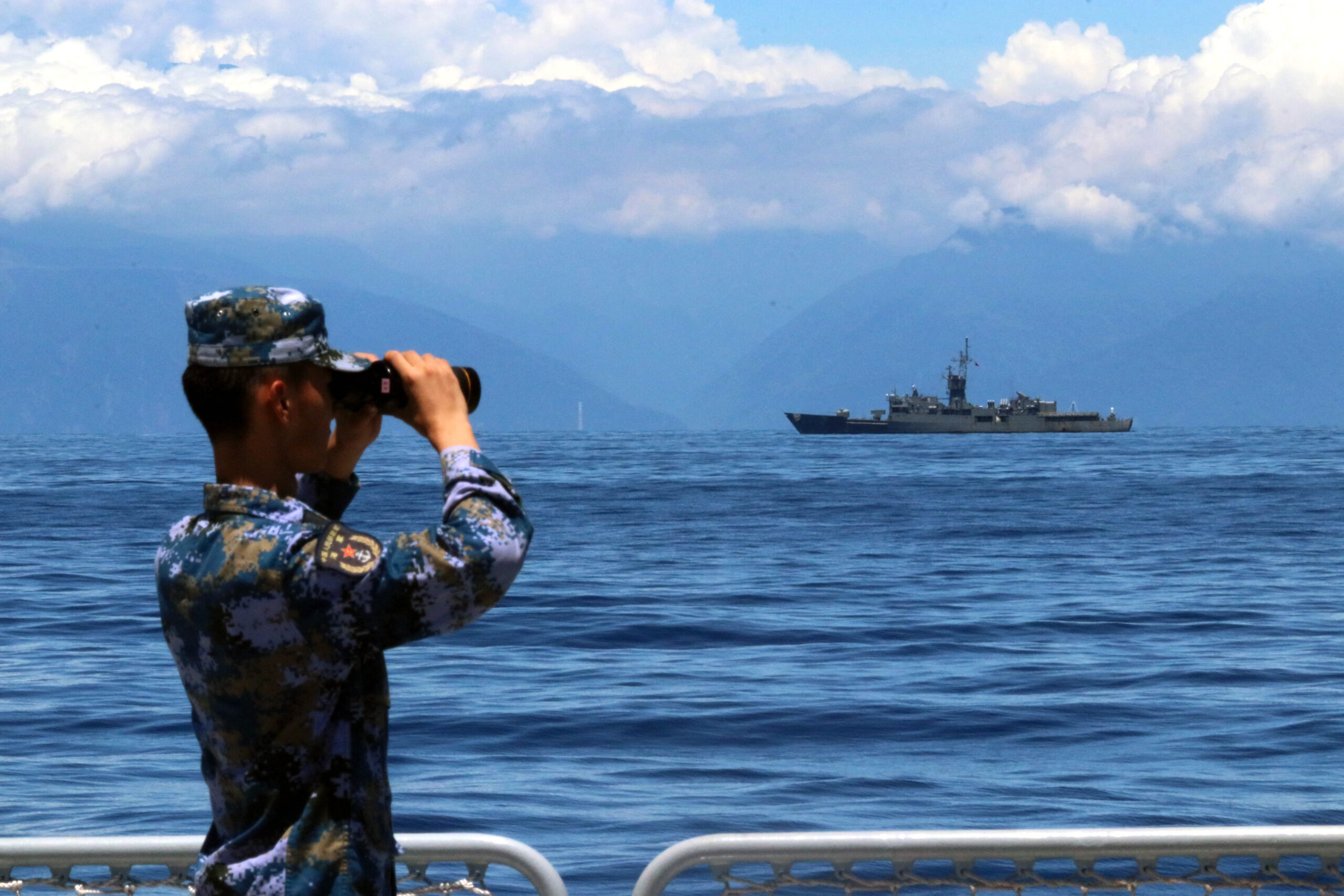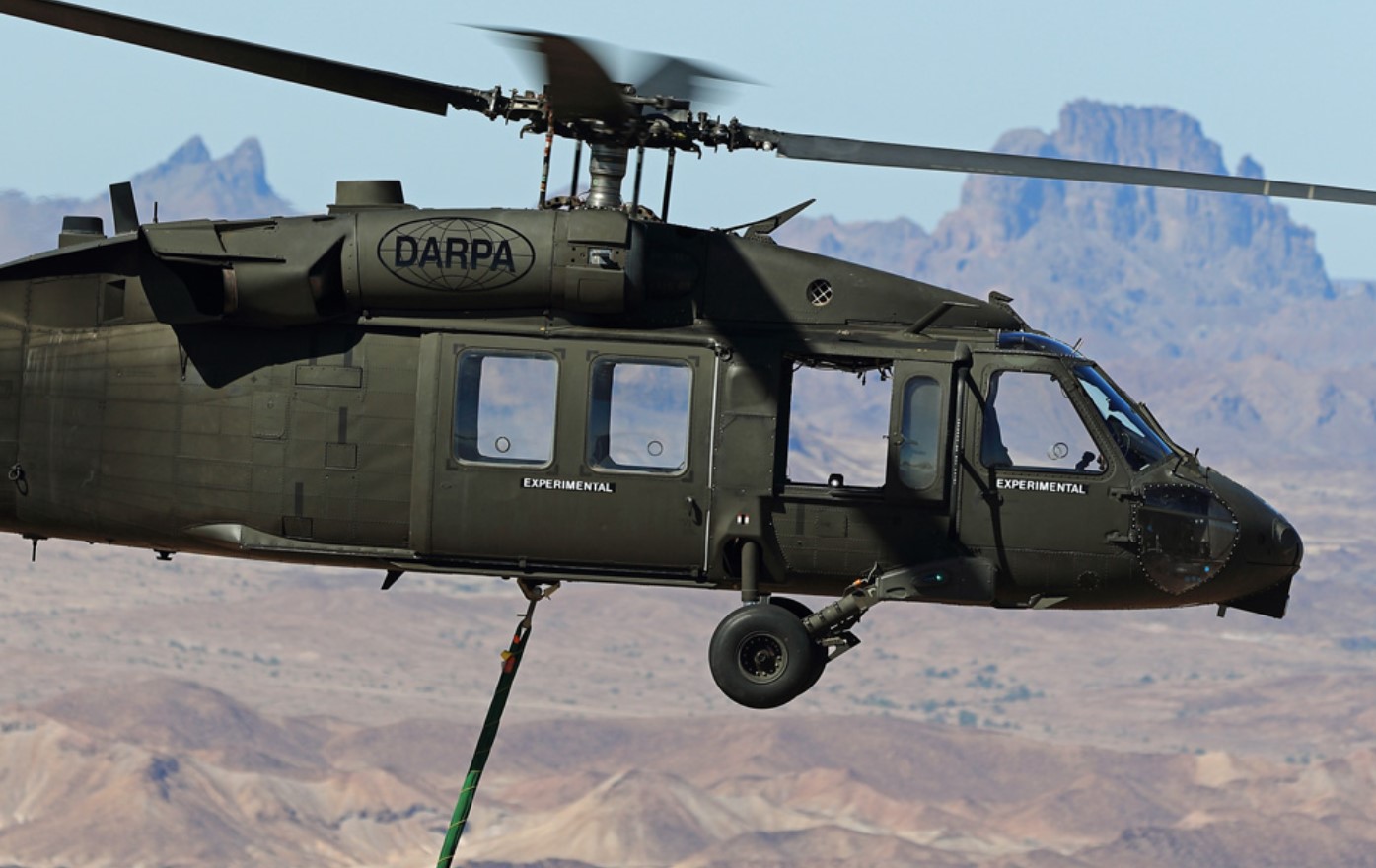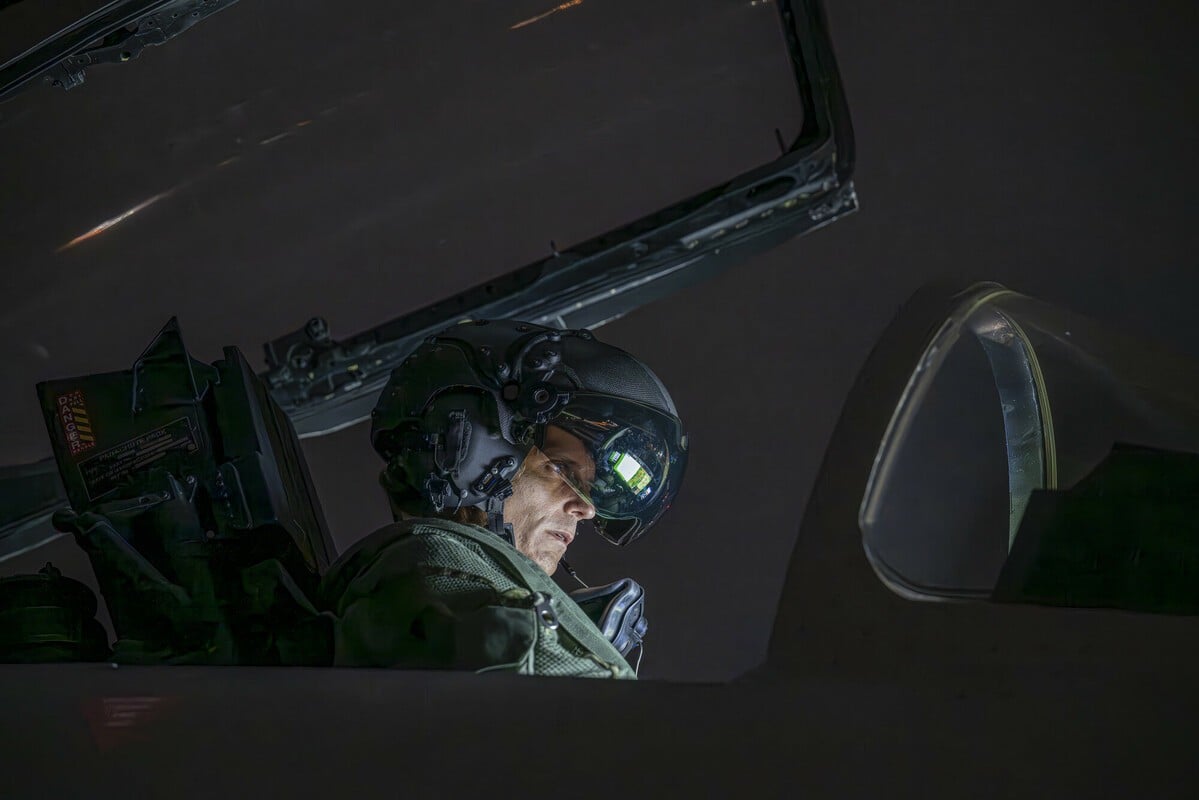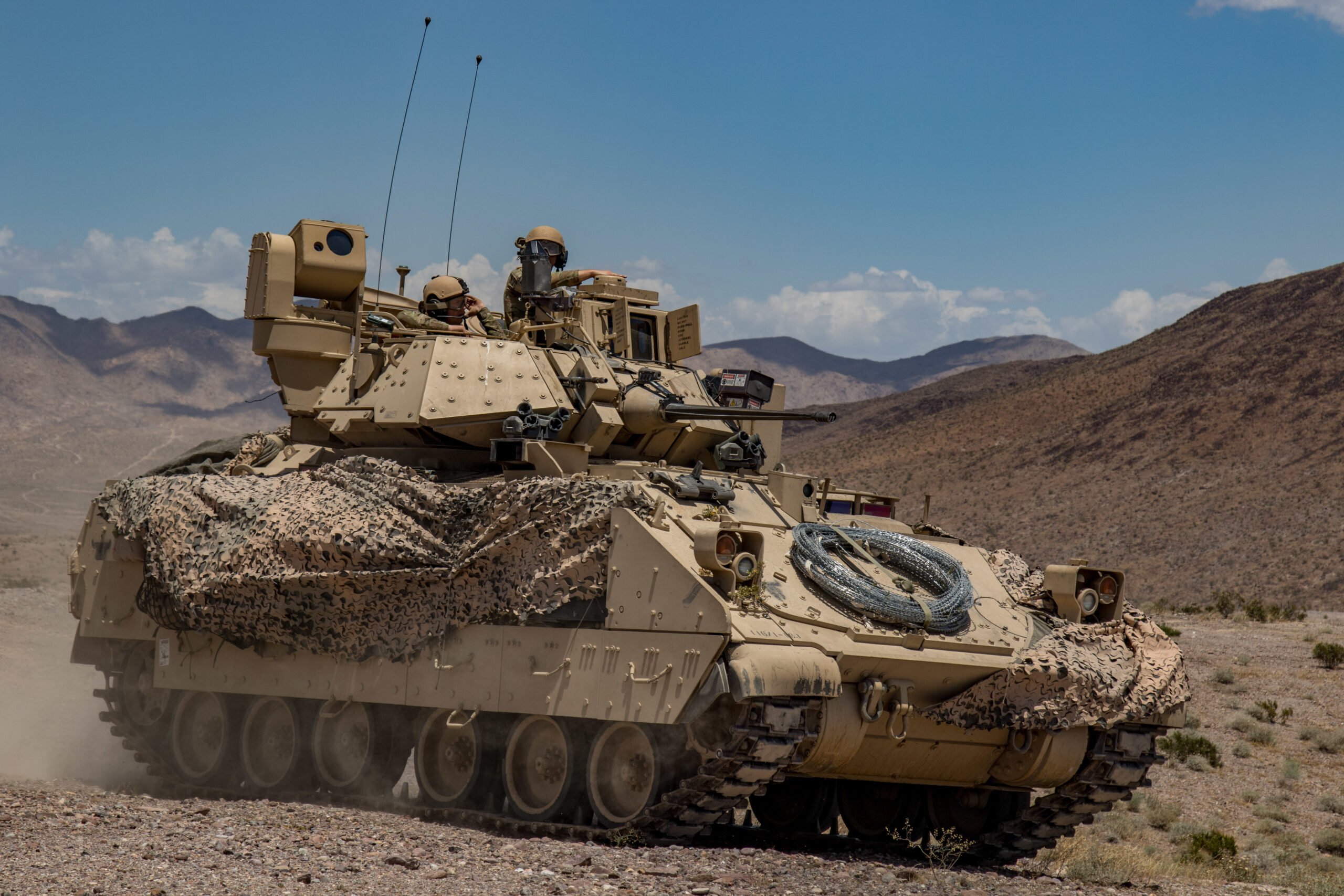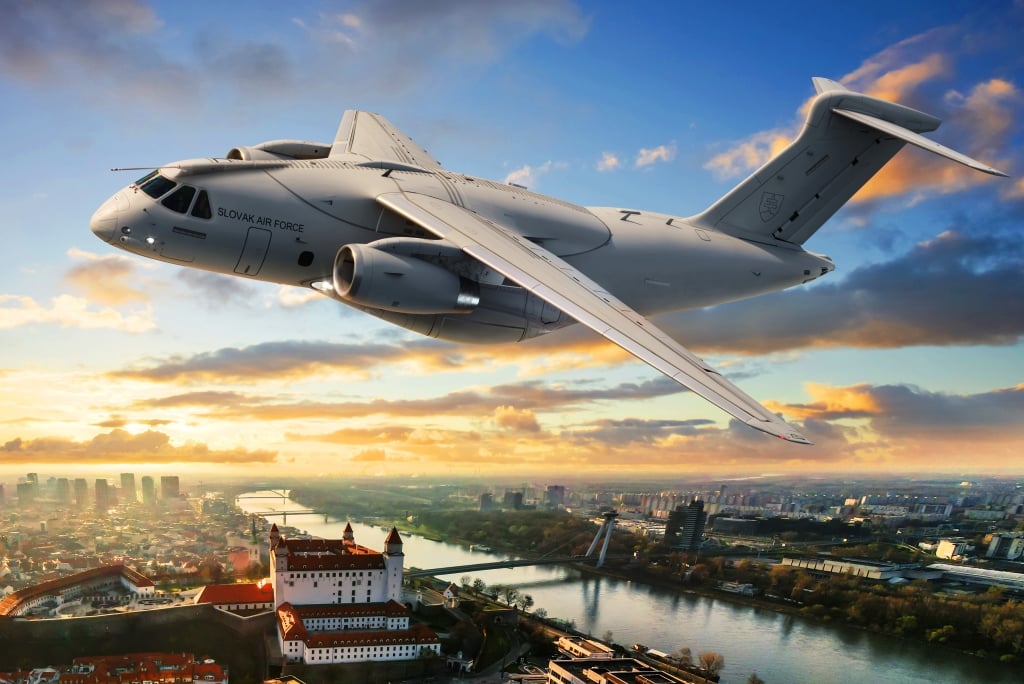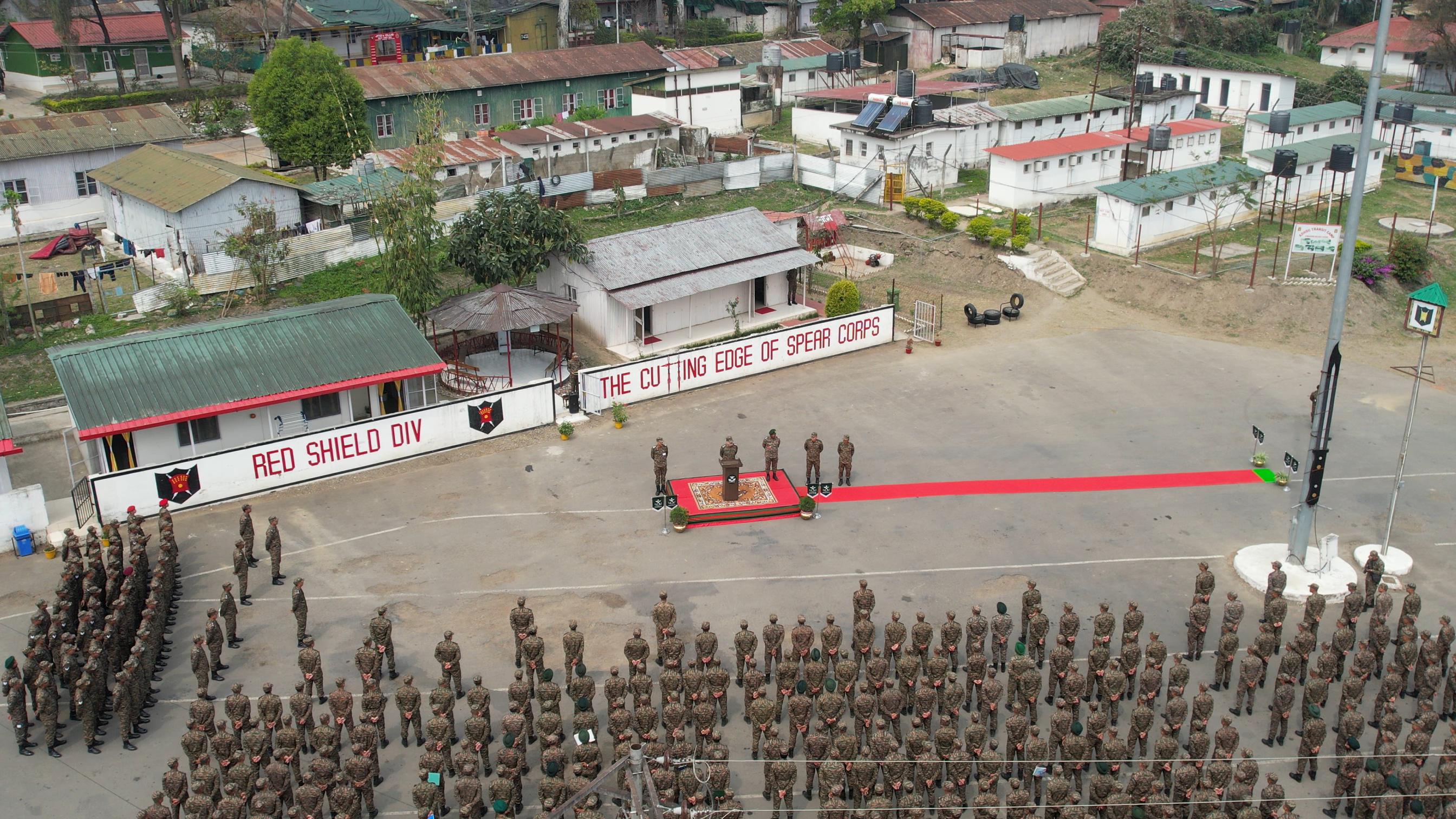Taiwan has raised alarms as it observes a significant mobilization of Chinese military assets surrounding the island. Taiwanese officials reported on Tuesday that nearly 90 Chinese warships and various other vessels have been deployed in the waters of the so-called first island chain, a strategic line that encompasses Okinawa, Taiwan, and the Philippines. This military buildup comes in the wake of Taiwan President Lai Ching-te’s recent visit to the United States, which has drawn strong reactions from Beijing.
In addition to the naval presence, Taiwan’s defense ministry noted that 47 Chinese military aircraft were detected near the island within a 24-hour period leading up to 6:00 AM local time, marking the highest number identified in a single day since mid-October, when a record 153 aircraft were reported as Chinese military exercises escalated in response to Lai’s National Day speech.
Defense Ministry spokesman Sun Li-fang highlighted that the current maritime force concentration around Taiwan surpasses Beijing’s military response following then-U.S. House Speaker Nancy Pelosi’s visit to Taipei in 2022. He pointed out that this mobilization represents a broader military effort by China, involving not just forces from the Eastern Theater Command, which has historically been the main source of military pressure on Taiwan, but also assets from the Northern and Southern Theater Commands.
Despite the escalated military activities, neither the People’s Liberation Army (PLA) nor Chinese state media have made any formal announcements regarding these developments in the East China Sea, Taiwan Strait, or South China Sea. However, a spokesperson for China’s foreign ministry asserted that the nation would “firmly defend” its sovereignty as Taiwan commenced its own military drills.
Taiwan continues to function as a self-governed entity, boasting its own military, government, and currency. In contrast, Beijing maintains that Taiwan is part of its territory and has not dismissed the possibility of using force to assert control over the island.
In a related context, U.S. Defense Secretary Lloyd Austin remarked that China is the “only country in the world that has the intent and, increasingly, the capability to change the rules-based international order.” He emphasized the United States’ commitment to maintaining freedom of navigation in the region and supporting its allies amid growing Chinese assertiveness over contested territories. These territories include islands in the East China Sea claimed by Japan, the self-ruling island of Taiwan, and various reefs and islands in the South China Sea claimed by Southeast Asian nations.
While the United States is Taiwan’s leading supporter and arms supplier, it has historically adhered to a policy of “strategic ambiguity” concerning direct military intervention. Notably, President Lai expressed confidence in deeper cooperation with the prospective administration of Donald Trump, following discussions with U.S. Republican House Speaker Mike Johnson. In response, China’s foreign ministry cautioned Taiwan against pursuing independence with U.S. assistance, warning that such efforts would ultimately “hit a wall,” and called on Washington to refrain from interfering in Taiwan-related matters.

